
There are 47 individual Wildlife Trusts covering the whole of the UK and the Isle of Man and Alderney. Together The Wildlife Trusts are the largest UK voluntary organization dedicated to protecting wildlife and wild places everywhere at land and sea. They are supported by 791,000 members, 150,000 of whom belong to their junior branch, Wildlife Watch. Every year The Wildlife Trusts work with thousands of schools, and their nature reserves and visitor centres receive millions of visitors. The Wildlife Trusts work in partnership with hundreds of landowners and businesses in the UK. Building on their existing network of 2,250 nature reserves, The Wildlife Trusts recovery plan for the UKs wildlife and fragmented habitats, known as A Living Landscape, is being achieved through restoring, recreating and reconnecting large areas of wildlife habitat.
The Wildlife Trusts also have a vision for the UKs seas and sea life Living Seas, in which wildlife thrives from the depths of the oceans to the coastal shallows. In Living Seas, wildlife and habitats are recovering, the natural environment is adapting well to a changing climate, and people are inspired by marine wildlife and value the sea for the many ways in which it supports our quality of life. As well as protecting wildlife, these projects help to safeguard the ecosystems we depend on for services like clean air and water. All 47 Wildlife Trusts are members of the Royal Society of Wildlife Trusts (Registered charity number 207238). To find your local Wildlife Trust visit wildlifetrusts.org  First published in 2011 by New Holland Publishers (UK) Ltd This edition published in 2014 by Bloomsbury Publishing Plc This electronic edition published in 2014 by Bloomsbury Publishing Plc Copyright 2014 text and illustrations Bloomsbury Publishing Plc All rights reserved
First published in 2011 by New Holland Publishers (UK) Ltd This edition published in 2014 by Bloomsbury Publishing Plc This electronic edition published in 2014 by Bloomsbury Publishing Plc Copyright 2014 text and illustrations Bloomsbury Publishing Plc All rights reserved
You may not copy, distribute, transmit, reproduce or otherwise make available this publication (or any part of it) in any form, or by any means (including without limitation electronic, digital, optical, mechanical, photocopying, printing, recording or otherwise), without the prior written permission of the publisher. Any person who does any unauthorised act in relation to this publication may be liable to criminal prosecution and civil claims for damages.
Bloomsbury Publishing Plc, 50 Bedford Square, London WC1B 3DP www.bloomsbury.com Bloomsbury is a trademark of Bloomsbury Publishing Plc Bloomsbury Publishing, London, New Delhi, New York and Sydney A CIP catalogue record for this book is available from the British Library Design by Alan Marshall ISBN (ePub) 978-1-4729-1840-6 ISBN (ePDF) 978-1-4729-1841-3 Printed in China by C&C Offset Printing Co Ltd. This book is produced using paper that is made from wood grown in responsibly managed forests. It is natural, renewable and recyclable. The logging and manufacturing processes conform to the environmental regulation of the country of origin. To find out more about our authors and their books please visit www.bloomsbury.com where you will find extracts, author interviews and details of forthcoming events, and to be the first to hear about latest releases and special offers, sign up for our newsletters here . ContentsIntroduction The Concise Seashore Wildlife Guide is a simple colour guide to 180 species of plant and animal that are likely to be seen mainly in the intertidal areas (also called the littoral zone) around the coasts of northern Europe.
Many species occur within this narrow band where land meets the sea, so the book is selective. Mobile species such as birds have been given minimal coverage (), and rarities and species that are difficult to identify have been excluded. The selection represents a good range of species that are likely to be found and identified. A few terrestial plants that thrive on seashores just above the tide line are also included. Characteristics of Seashore Wildlife The seashore is unlike any terrestial habitat, and the plants and animals that occur on it are usually very different in form from their land-based relatives. Many of the straightforward structural and behavioural differences that allow plants to be distinguished from animals break down on the seashore.
Plants are no longer just green, but all sorts of colours; there are animals that look like plants, and vice versa; and complex colonies of creatures of which the basic units are quite obscure to the casual observer. For this reason a whole habitat, rather than a single biological group like birds, insects or flowers, is covered here. The species are laid out in taxonomic order within their groups, with related species together. Zonation of Seashore Life Because of the regular way in which tides move in and out, exposing different parts of the shore for different times, there is a clear zoning of seashore life according to how tolerant different species are of exposure to air and sunlight. The zonation is not always clearly visible, especially on sandy shores and irregular shores with variable changes in level. At other times, particularly on evenly sloped rocky shores, it can be very well marked, with clearly visible bands of differently coloured plants extending down to the shore.
Because many species are quite precise in their requirements, a knowledge of this zonation can help in identification. It does not, of course, apply to washed-up or dislodged plants or animals, which can occur at any level. Splash Zone This is the highest zone. It is above the levels of the highest tides, but is strongly affected by salt spray, especially on exposed coasts, and the resident life is directly influenced by this. Black and orange lichens are particularly characteristic of this zone, together with salt-tolerant flowering plants such as Thrift, but no seaweeds normally occur here. Upper Shore This is the highest zone that is regularly inundated, although it is usually defined as the area above mean high water, but below the line reached by the highest spring tides, so it is not inundated by every high tide.
It has relatively limited seashore life, but includes limpets, barnacles and other molluscs, as well as shore wracks and much strand-line debris. Although this zone is poor in species, what there is may occur in large numbers. Middle Shore The extensive area of shore between the average high-water level and the average low-water level is known as the middle shore. It is covered and uncovered by every tide, and makes up the bulk of what is thought of as the shore. Most of the typical seashore plants and animals occur here, often in great abundance, and there is a certain amount of zoning within this section, although it is not always visible. Lower Shore Below the average low-water level, there is a further area of shore that is accessible only at spring tide lows that is, when the tide is unusually low.
This is the lower shore. It is not accessible every day, but does support a fascinating range of wildlife, including many delicate species, such as sea urchins and anemones, which cannot withstand much exposure. It is the closest you can get to seeing true marine life without diving. There is also a submerged zone, which is home to bottom-dwelling animals such as lobsters, gobies, crabs and flounders. Seashore Habitats Seashores vary enormously in character, from exposed rocky coasts to sheltered estuaries or salt marshes. Each type of coast supports a different range of organisms, although the divisions between habitat types are not always clear cut, and some mobile or adaptable species may occur in more than one shore type.

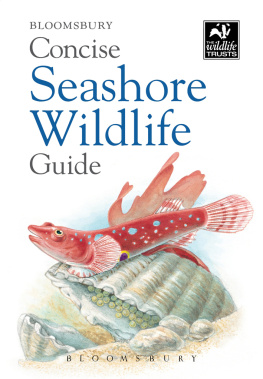
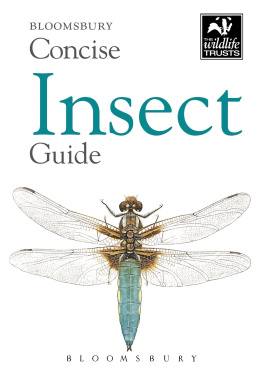
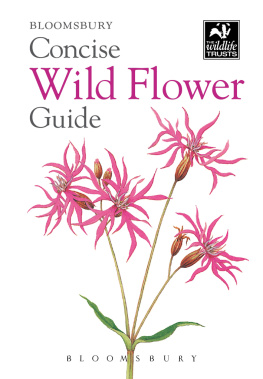

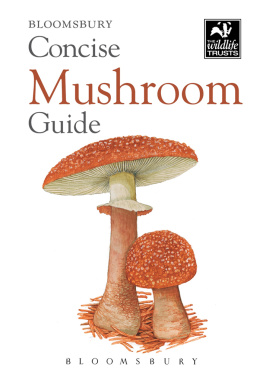
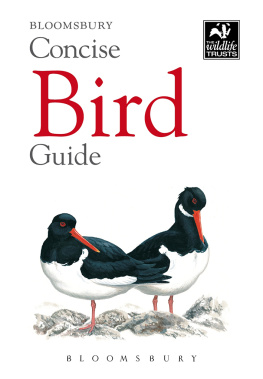
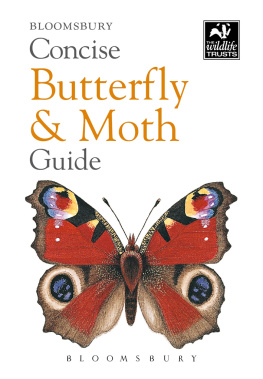
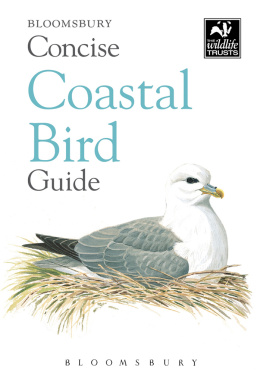
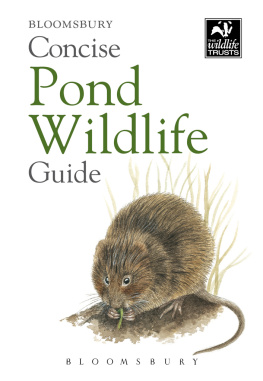
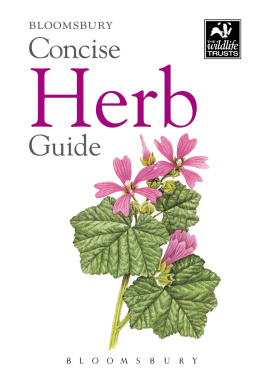
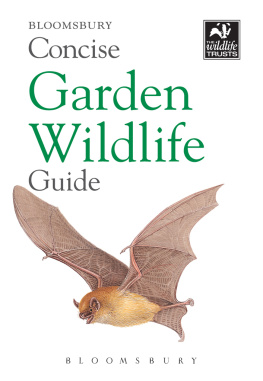
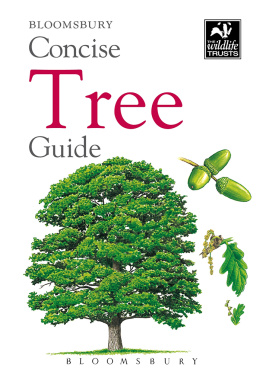
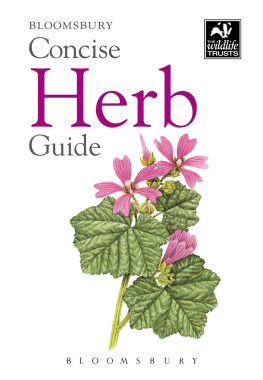
 There are 47 individual Wildlife Trusts covering the whole of the UK and the Isle of Man and Alderney. Together The Wildlife Trusts are the largest UK voluntary organization dedicated to protecting wildlife and wild places everywhere at land and sea. They are supported by 791,000 members, 150,000 of whom belong to their junior branch, Wildlife Watch. Every year The Wildlife Trusts work with thousands of schools, and their nature reserves and visitor centres receive millions of visitors. The Wildlife Trusts work in partnership with hundreds of landowners and businesses in the UK. Building on their existing network of 2,250 nature reserves, The Wildlife Trusts recovery plan for the UKs wildlife and fragmented habitats, known as A Living Landscape, is being achieved through restoring, recreating and reconnecting large areas of wildlife habitat.
There are 47 individual Wildlife Trusts covering the whole of the UK and the Isle of Man and Alderney. Together The Wildlife Trusts are the largest UK voluntary organization dedicated to protecting wildlife and wild places everywhere at land and sea. They are supported by 791,000 members, 150,000 of whom belong to their junior branch, Wildlife Watch. Every year The Wildlife Trusts work with thousands of schools, and their nature reserves and visitor centres receive millions of visitors. The Wildlife Trusts work in partnership with hundreds of landowners and businesses in the UK. Building on their existing network of 2,250 nature reserves, The Wildlife Trusts recovery plan for the UKs wildlife and fragmented habitats, known as A Living Landscape, is being achieved through restoring, recreating and reconnecting large areas of wildlife habitat.  First published in 2011 by New Holland Publishers (UK) Ltd This edition published in 2014 by Bloomsbury Publishing Plc This electronic edition published in 2014 by Bloomsbury Publishing Plc Copyright 2014 text and illustrations Bloomsbury Publishing Plc All rights reserved
First published in 2011 by New Holland Publishers (UK) Ltd This edition published in 2014 by Bloomsbury Publishing Plc This electronic edition published in 2014 by Bloomsbury Publishing Plc Copyright 2014 text and illustrations Bloomsbury Publishing Plc All rights reserved